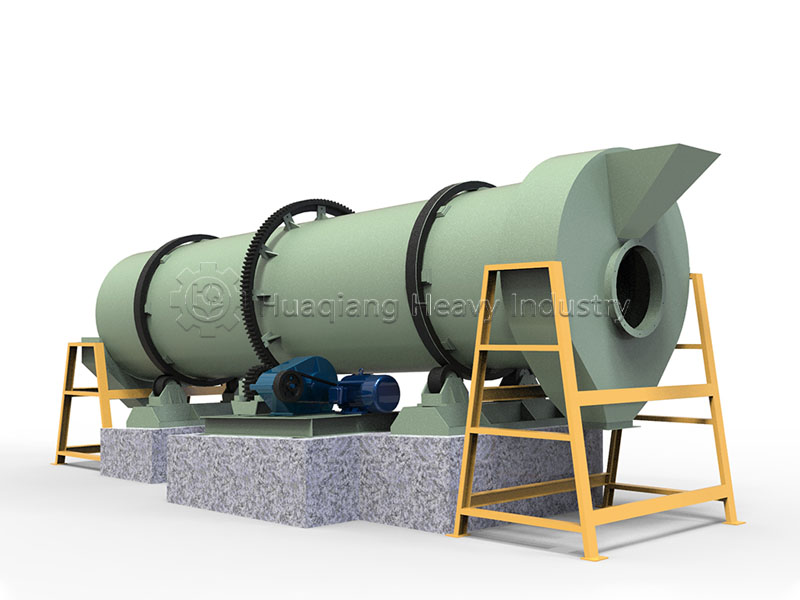
In fertilizer production, the core function of the coating machine is to address the issues of loose granules and their tendency to absorb moisture and agglomerate. Its workflow is precisely designed based on fertilizer characteristics.
First, during the granule conveying process, the coating machine utilizes an "anti-scattering conveyor belt + vibrating discharge mechanism" to prevent granule accumulation. A flow sensor controls the conveying rate, ensuring that each batch of granules enters the coating area evenly. Even with materials with complex ingredients and uneven particle sizes, such as compound fertilizers, this ensures a uniform distribution of granules of varying sizes, paving the way for subsequent coating.

Next, the film wrapping process occurs. To prevent fertilizers from absorbing moisture, PE or PP film is often used. A film guide mechanism, combined with a particle deflector, tightly wraps the granules from all sides. An adaptive tension system adjusts the film tension based on granule flow to prevent leakage or agglomeration. The heat-sealing and shaping process is particularly critical. The coating machine utilizes hot air circulation to achieve film shrinkage while preventing the loss of fertilizer components due to high temperatures. For example, urea fertilizers are prone to decomposition above 160°C, and precise temperature control maximizes nutrient retention. Zoned temperature control also prevents localized overheating that can lead to pellet clumping, ensuring that pellets remain loose after coating.
Finally, the packaging is cut to pre-set specifications and the bag opening is simultaneously compacted to ensure packaging integrity. This process addresses both fertilizer storage and transportation requirements, ensuring that the packaging is protected from damage and leakage, even during bumpy long-distance transport.